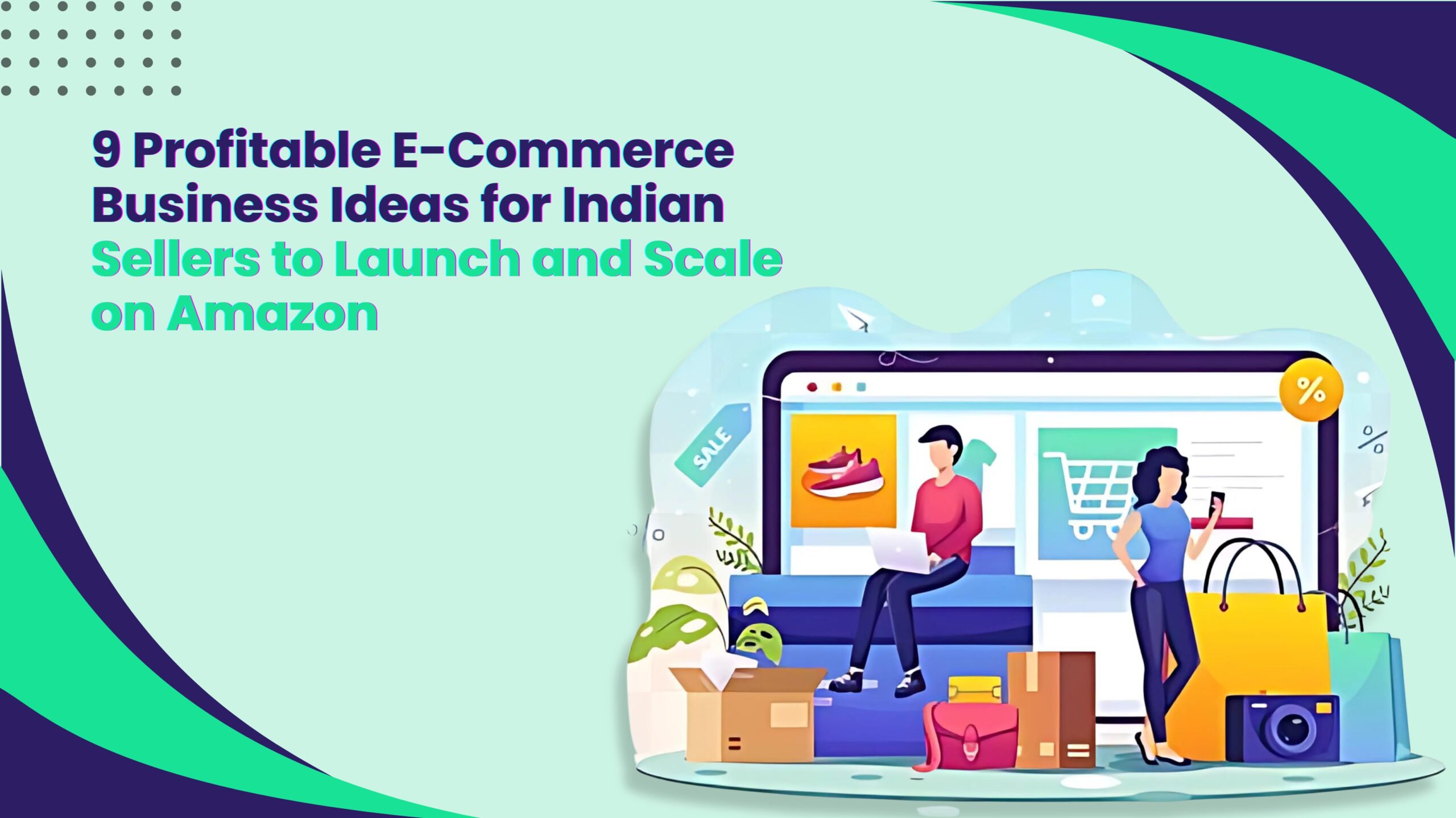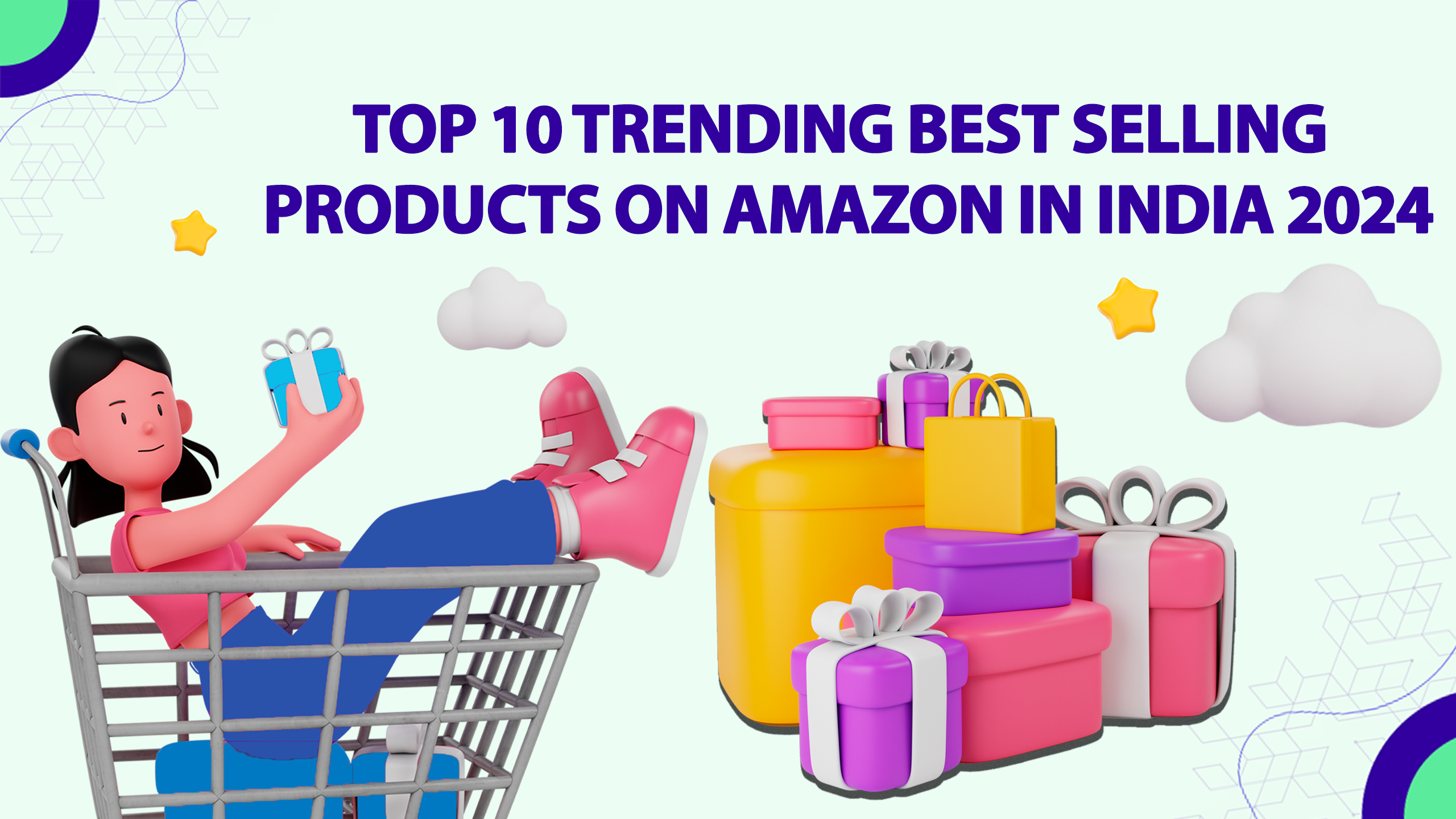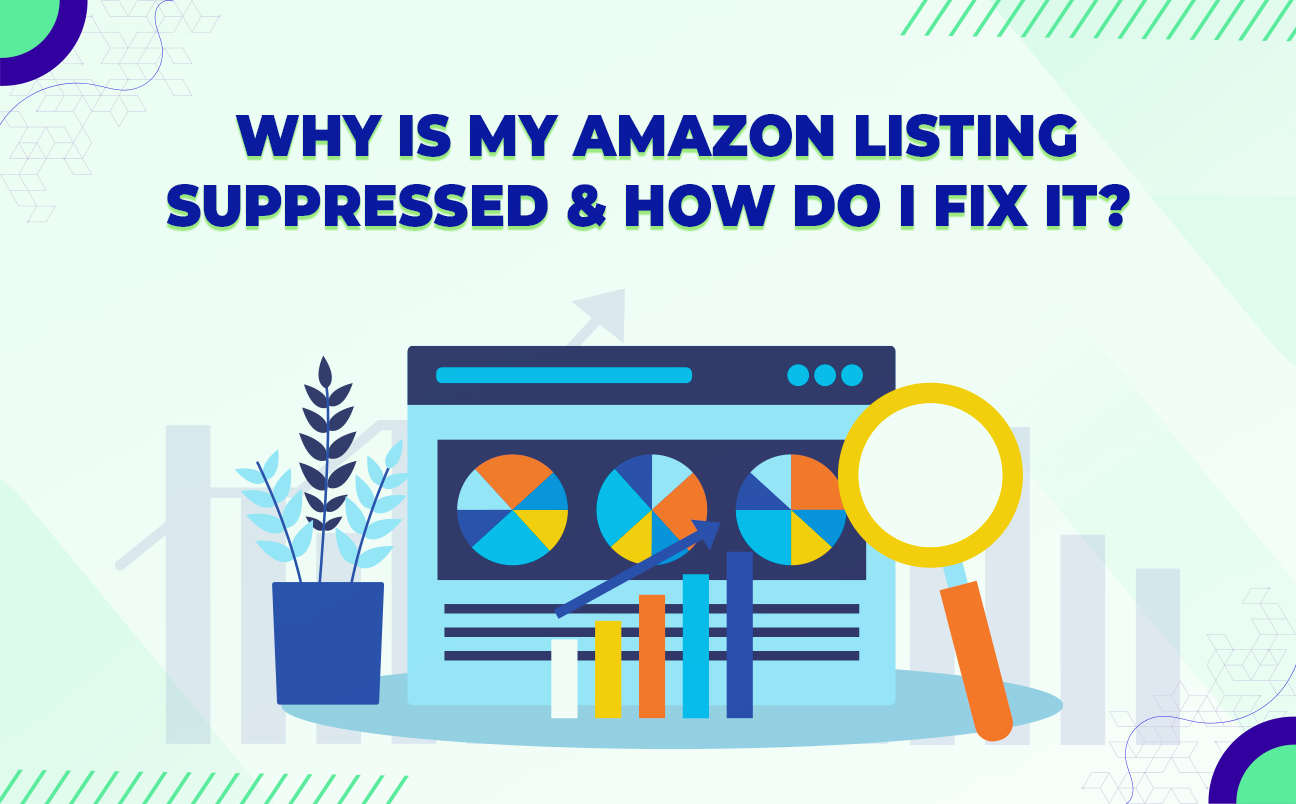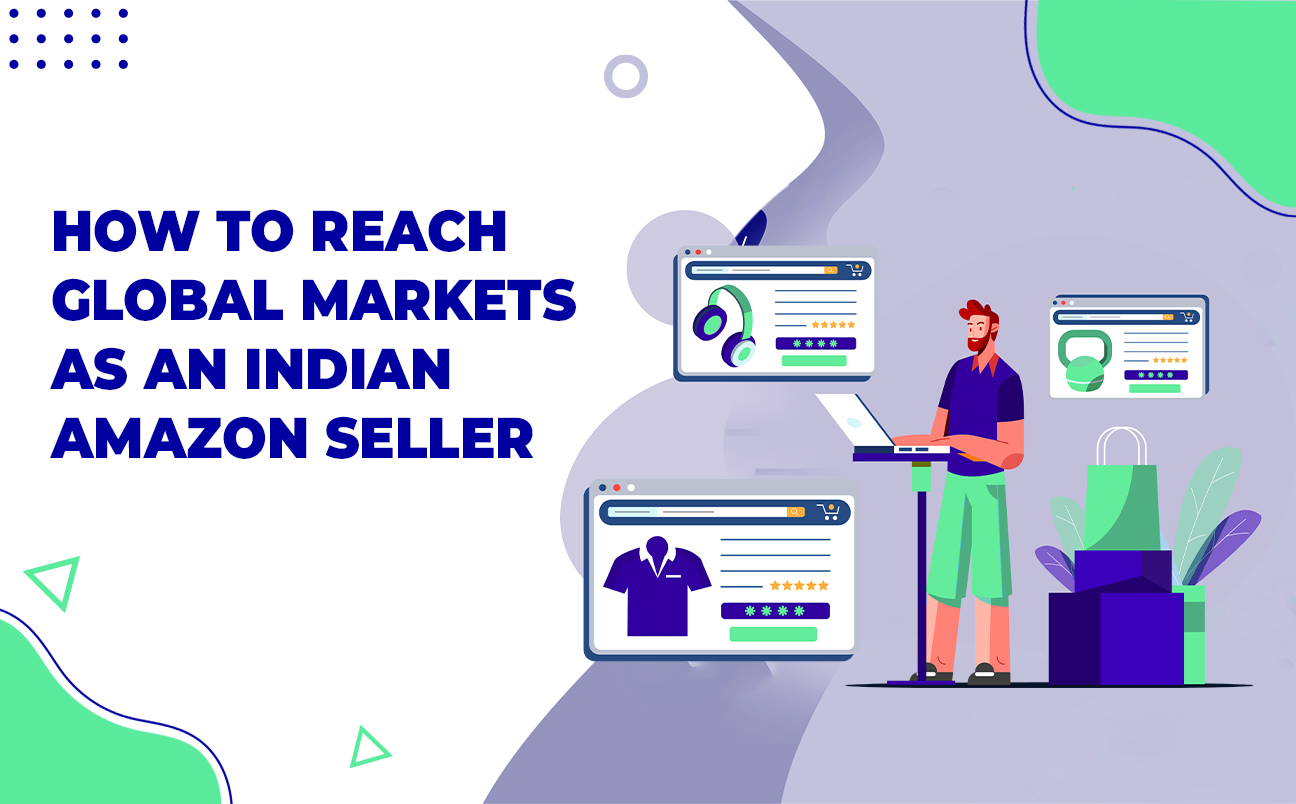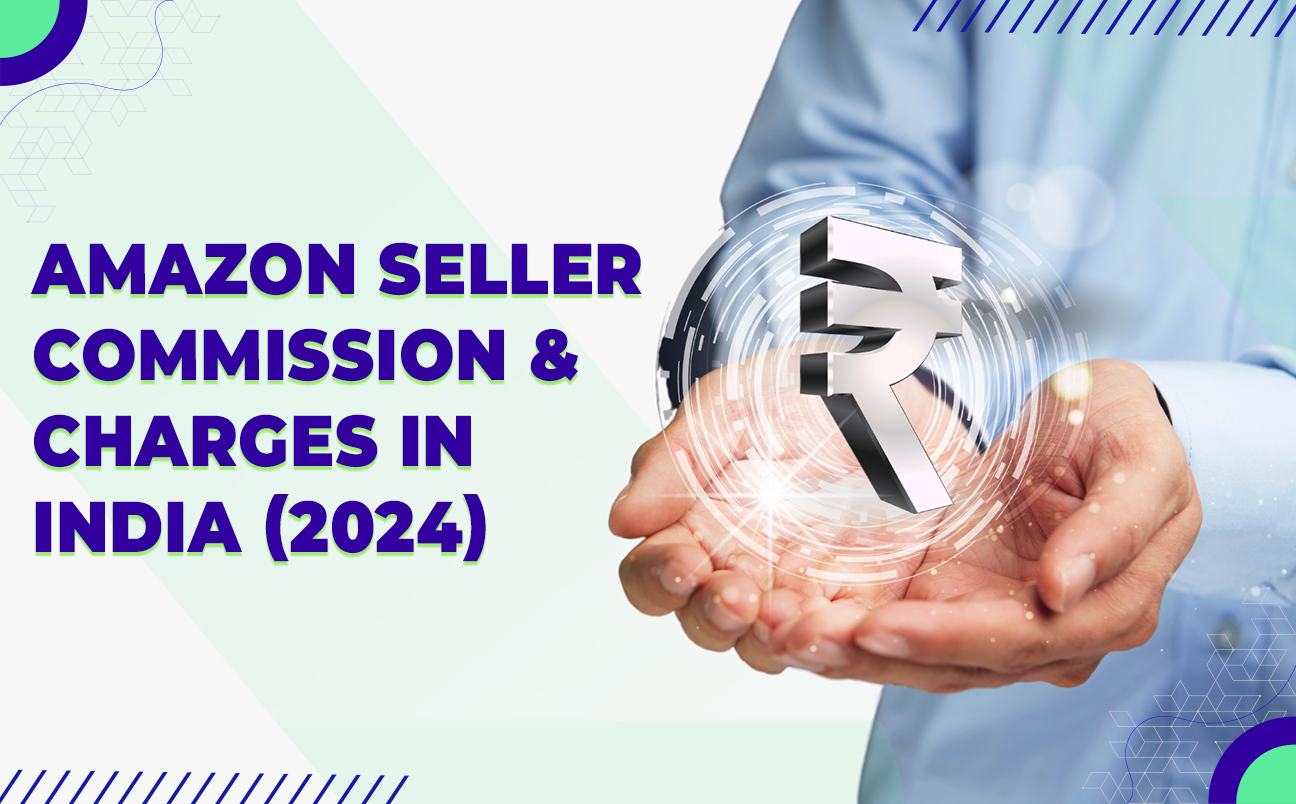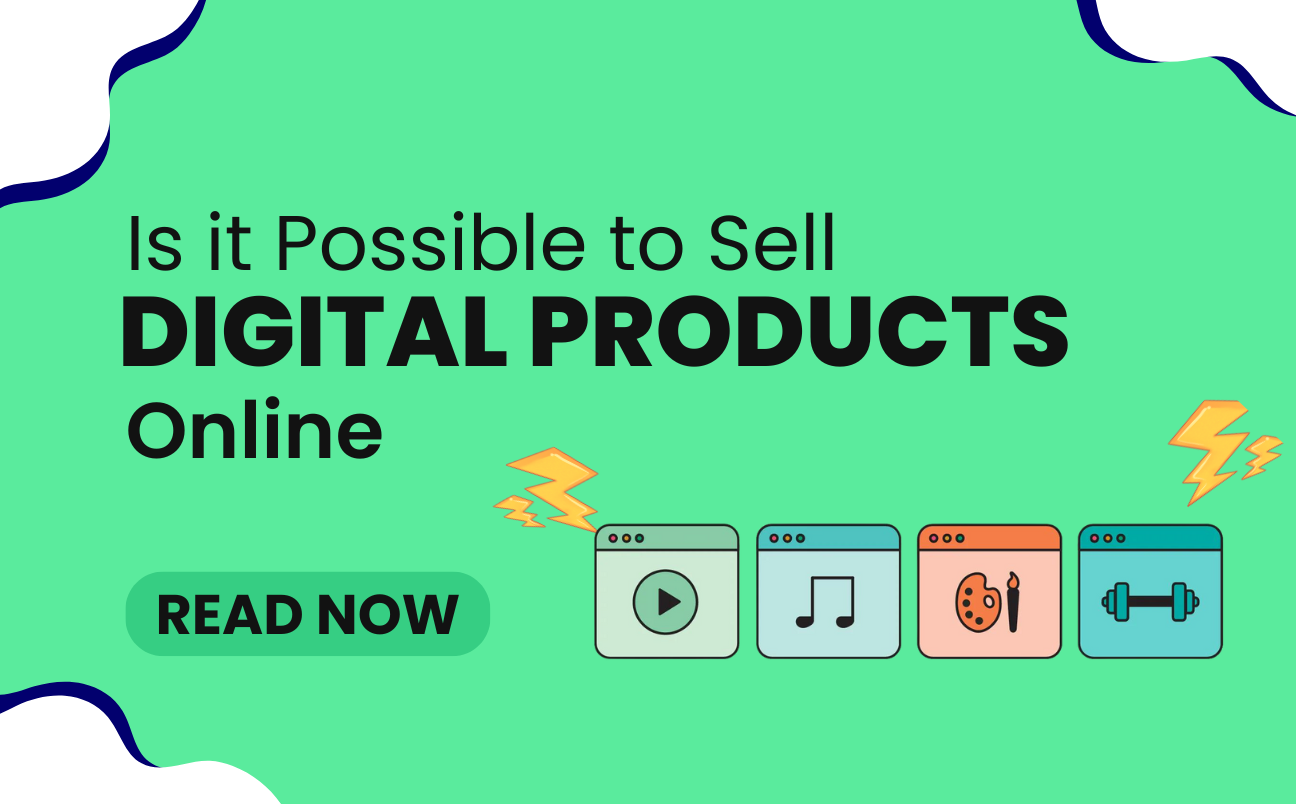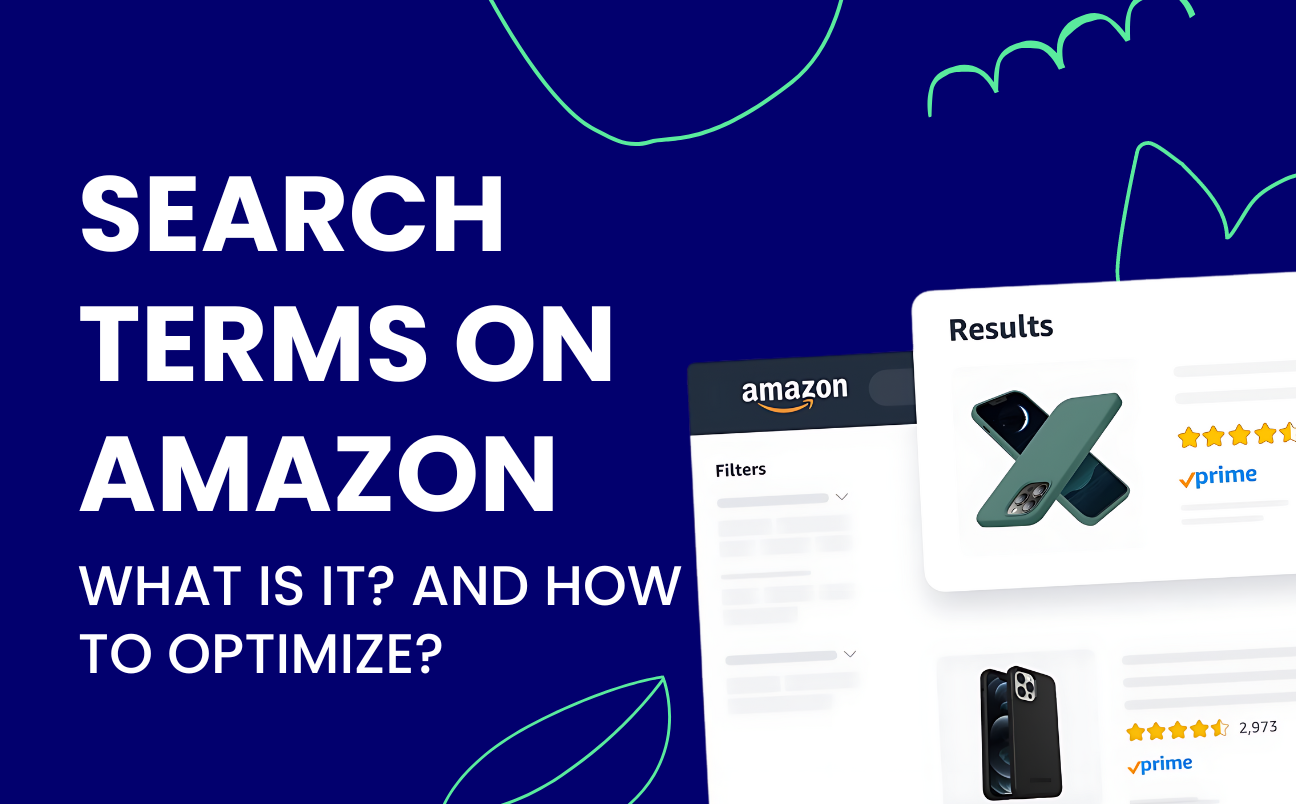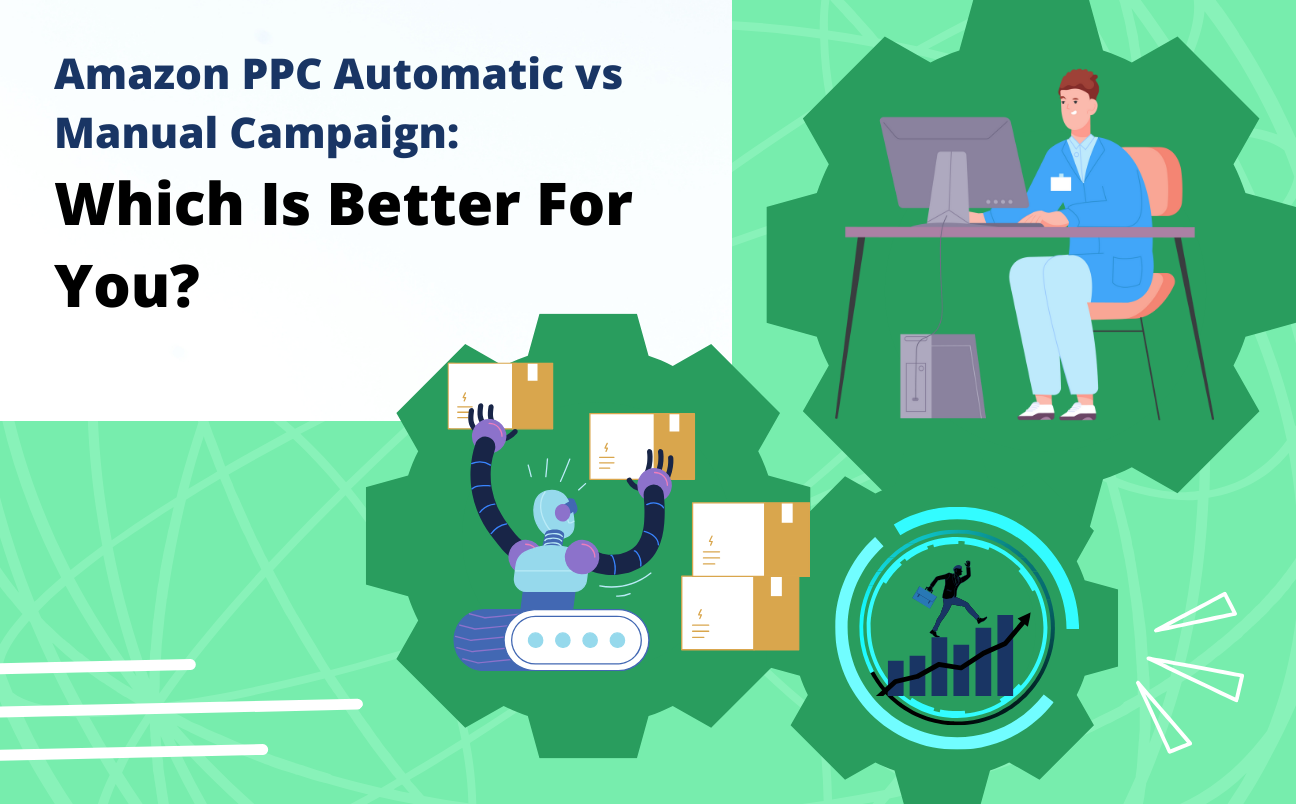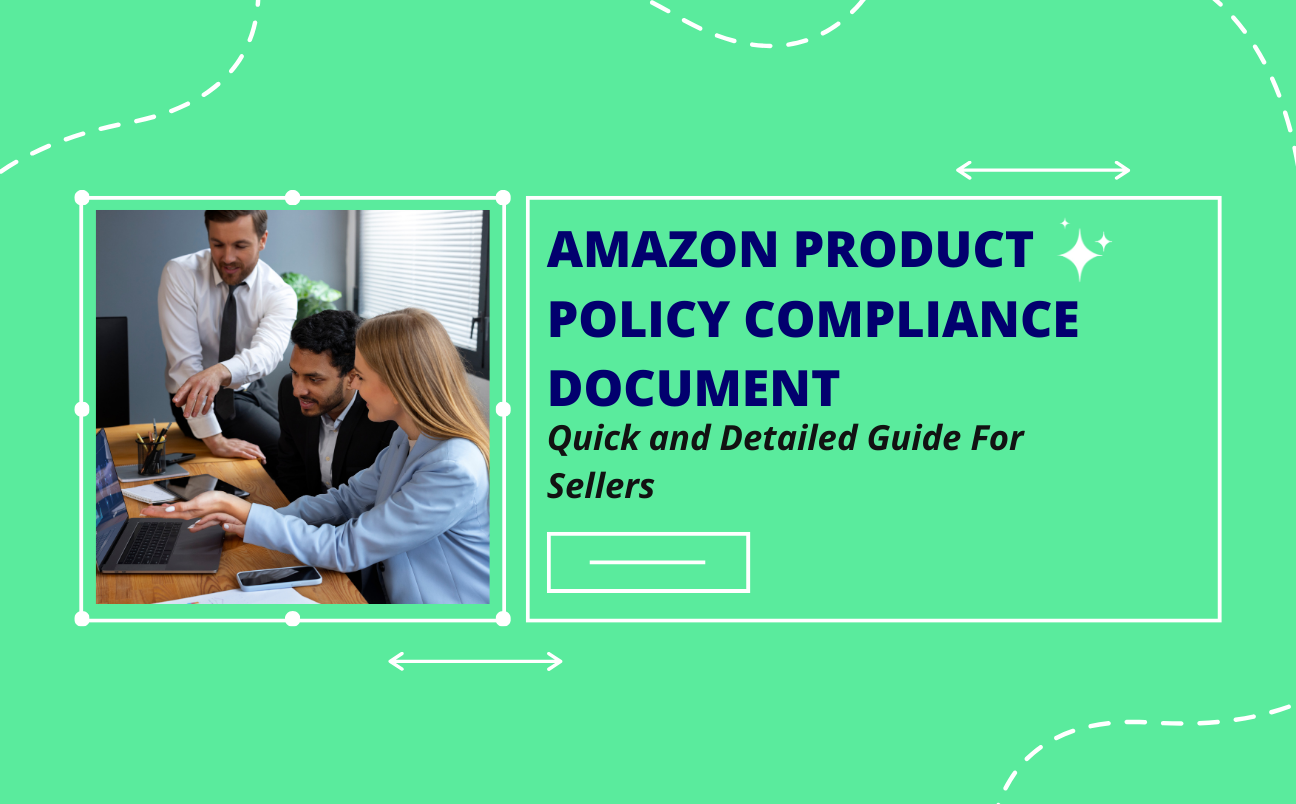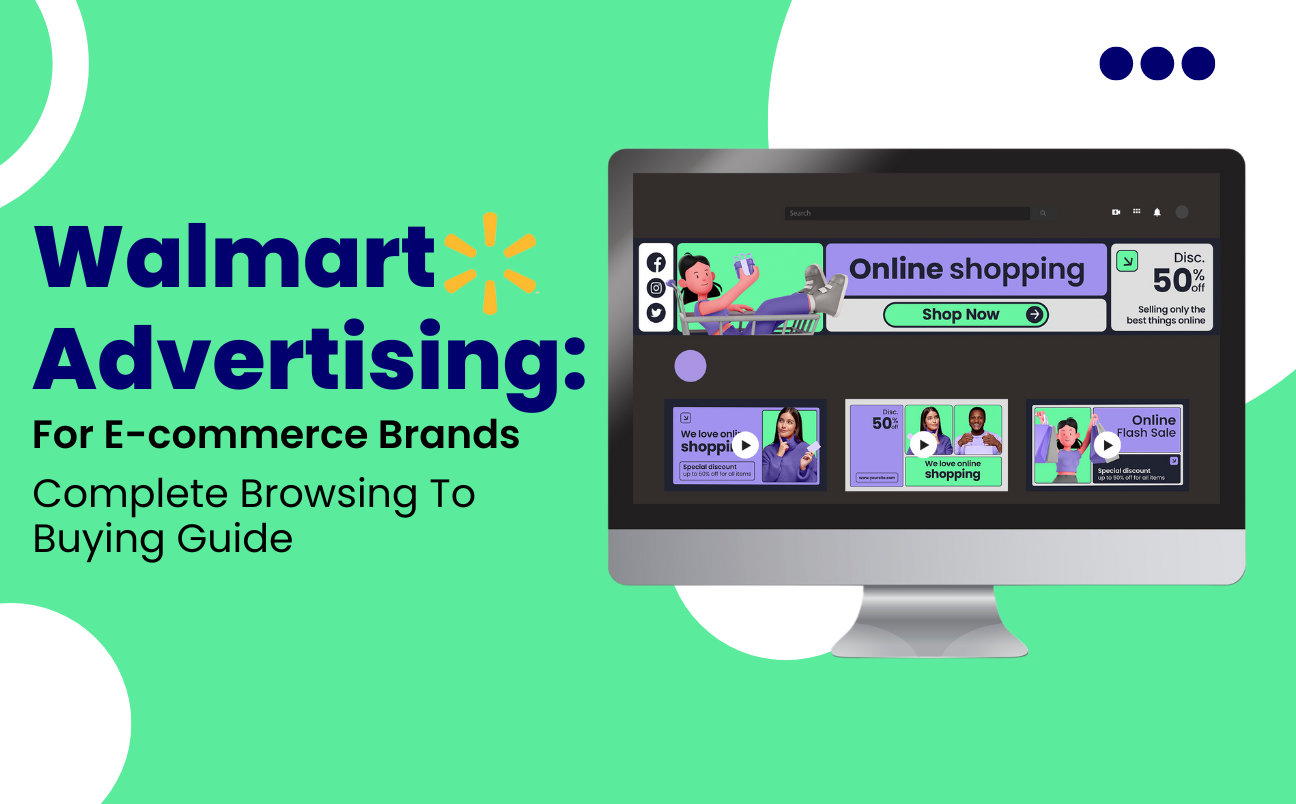In 2025, e-commerce is rapidly changing the Indian landscape. Indeed, Amazon has emerged as a trustworthy platform for millions of consumers. The best selling products on Amazon India have reflected the evolving lifestyle needs in this surge for digital shopping for Indian consumers.
Amazon India showcases a wide range of products that address the requirements of an evolving market. Now, what is trending this year? This blog presents the best 10 trending top-selling products on Amazon India in 2025 to take you inside the amazon and shows what catches the modern Indian shopper. These products have quickly become the biggest hits in the market and set the pace for consumer preference this year.
Best Selling Products on Amazon in India
With the boom in the Indian e-commerce market, Amazon is still one of the biggest sites for consumers looking to buy everything, from gadgets that make life easier to daily household essentials needs. So, what makes a product rank at the top in sales on Amazon India? Well, that could be anything that sparks the interest of millions of online shoppers relating to quality, demand, or price. You can sell more with amazon lightning deals & coupons. Here are the top 10 highest selling products on Amazon India.
Books
Despite the digital era, the book remains one of the fastest-selling categories on Amazon India. E-commerce changed the buying habits in India. Readers try different genres—from fiction to self-help and motivational books to competitive exam guides. Buying books has become so easy with online selling that books today have become one of the top-selling categories in e-commerce since it sees a surge of 26% increase in customers buying books.
Atomic Habits by James Clear and Rich Dad and Poor Dad by Robert Kiyosaki emerged as bestsellers. More than 28 million books were sold on Amazon to customers across India, averaging more than 70,000 books daily.. Books are a tax-exempted category, and only a few booksellers are affected by the GST. Here are some common types of books.
- School books
- Self-help books
- Business and Economics books
- Historical and religious books
- Mystery & science fiction novels
Electronics
Electronics have emerged among the top-selling items on Amazon India. Such a trend has forced rapid technological advancement and increased demand for smart and connected devices. Everything from the newest and highest-end to cutting-edge devices makes the wide range of products categorized under electronics for diverse modern life needs incredibly wide. Smartphones top the list of most wanted electronic items in India. India is the second-most smartphone users in the world after China. Samsung Galaxy S24 Ultra, OnePlus 12, and iPhone 15 Pro have been in great demand. Other top-selling electronics products are below.
- Headphones
- Power banks
- Smartwatches
- Wireless chargers
- Bluetooth speaker
- Wireless Earbuds
- Mobiles and tablets
- Voice-control home electronics
- Cameras
Fitness Products
With the evolution of the fitness landscape, a few fitness products have appeared as the best sellers on Amazon India, reflecting the growing trend towards personalized workout equipment and health supplements due to growing interest in exercises that one can perform at home or in the gym. After the COVID-19 pandemic, people started taking precautionary steps to improve their health, making fitness products one of the best products to sell online. Integrating these products into your current fitness routine will take your exercise to the next level and help in overall health improvement. Some of the best-selling fitness products are
- Health supplements: multivitamins, omega-3 fatty acids, probiotics, protein powders, collagen supplements, creatinine, Mass gainer/weight gainer
- Fitness Equipment: resistance bands, yoga mats, dumbbells, treadmills, fitness trackers, and jump ropes.
Kitchen Appliances
Kitchen appliances are within the up-trending smart home arena. Philips, Havells, Prestige, and Bajaj are the most popular kitchenware brands, as many Indian consumers have separate needs in appliances for fast and healthy ways of cooking.
With more than 35 lakh kitchen products on Amazon India, it is one of the best-selling categories on Amazon. If you are a supplier or a manufacturer of kitchen products, you can sell them on Amazon and reach crores of customers across India. More than 1 lakh kitchen product units are sold daily on Amazon India. Some popular kitchen appliances are:
- Cookware Sets
- Pressure Cookers
- Wooden Kitchenware
- Hob Tops & Cooktops
- Juicer & mixer grinder
- Water heater and purifier
- Lunchbox & kitchen Containers & Flasks
Home Decor and Furniture
With more and more people staying indoors, home decor items have also seen an increase in sales. People are looking to make their living space better at decent prices, and Amazon is the first choice with its range of brands. These products have more than 50% potential annual growth on Amazon India.
Key Features of Home Décor Furniture are Modern Designs with Space-saving Furniture and Affordable Pricing. With over 75 lakh products on Amazon, home products are among the best categories. Types of home products and furniture included on Amazon India
- Furniture: beds, sofas, mattresses, recliners, coffee tables
- Home Products: Bedsheets and pillow covers, LED bulbs, curtains, home decor, carpets, rugs, doormats, home organization products, wall stickers, lighting fixtures, clocks, and cushion covers.
Fashion and Apparel
From traditional to modern wear, every eco-friendly to sustainable fashion product is best-selling.Amazon Fashion continues to grow with international and local brands. Louis Vuitton, Zara, Van Heusen, and Levi’s are some of the top fashion brands in India. With more than 30% annual growth, Amazon sold over 20 lakh fashion products on an average per day on Amazon India. Sellers can boost sales by 3X during the Amazon holiday and Indian festivals season, as traditional wear is very popular in Indian culture
- Jewelry
- Sportswear
- Saree & Kurtis
- Women’s Lingerie
- Baby and Kids Apparel
- Women & Men Sleepwear
Personal Care and Beauty Products
Well-known brands like Mamaearth, Lakme, and L’Oreal sell chemical-free, organic, and tested products that suit each skin and hair type to fit everybody’s needs. Influenced by beauty influencers, personal care kits and grooming tools sales on Amazon have boosted. Serums for high-quality skincare moisturizers and affordable beauty items keep spiraling upwards. Right from Mamaearth to L’Oréal and Beardo, some brands have emerged on top in this category since they offer an array of products to suit each skin and hair type to fit everybody’s needs. Amazon has over a million listed personal care and beauty products.
- Hair Care
- Fragrance
- Makeup Products
- Bathing Products
- Gift Boxes and Sets
- Professional Beauty
- Skin Care & Lotions
Games & Toys
Amazon is India’s largest toy store. Online gaming in India is becoming the most popular esports, where PlayStation, Xbox, and Nintendo Switch are doing very well selling on Amazon. Accessories such as headphones, controllers, and gaming chairs are in great demand in India. Younger audiences are leading sales, and promoting online gaming and collectible premium toys, and thus, games and toys covers the trend for the year 2025. Many movies and cartoons introduce new toys to the market, such as Batman, Iron Man, Hulk, and many more.
- RC Cars
- Board Games
- Ride on Toys
- Role-play games
- LEGO and building sets
- Infant & preschool toys
- Learning and educational toys
- Sports toys and playgrounds
Grocery
It is much more convenient to get delivery at home; therefore, grocery is the biggest-growing category on Amazon India, with more than 75% growth annually. Moreover, grocery subscriptions have also become quite popular, which allow customers to schedule deliveries. This feature increased customer loyalty, convenience and ensured that sales of basic grocery items such as organic pulses, cold-pressed oils, naturally sourced spices, etc., became regular.
Amazon India exploits the grocery variety in India by selling region-specific products. Amazon offers them at reasonable prices in bulk and has become a preferred platform for monthly grocery buying.
- Snacks
- Rice & Atta
- Tea & Coffee
- Breakfast Food
- Herbs & Spices
- Gifting Products
- Cooking oil & ghee
- Food grains & pulses
Tea
Tea is not just a beverage in India; it’s a symbol that brings people together. It is one of the best-selling products on Amazon India. Selling tea online is a lucrative business, especially in a country like India where having tea is a part of the daily routine. Growing consciousness about the health benefits of certain types, such as the antioxidants in green tea or the digestion properties inherent in herbal teas, has further advanced the sale of premium tea products. Popular tea types are:
- Black Tea (Darjeeling, Assam)
- Green Tea (loose leaves, tea bags)
- Herbal teas (chamomile, peppermint, tulsi)
- Specialty Teas (Flavored, masala tea)
How to Select the Best Amazon Product for Selling on Amazon
Choosing the best products to sell on amazon is a crucial decision. Amongst millions of other products, finding a niche product that’s profitable and in demand requires some careful research and strategy. Here we cover the most vital aspects of product selection, from market trends to competition analysis, which can help you in the marketplace and make informed decisions to choose the right product for Amazon, setting you up for long-term growth and profitability.
Low Competition
Looking for a product with low competition means there are fewer product sellers, and you can stand out and become more visible. Use Amazon Best Sellers Rank tools to understand the product competition. Check for products with few reviews and a high sales volume to make frequent sales.
High Demand
Find high-demand and profitable products to sell on Amazon with low competition that ensures people are searching for products and buying. You can indicate demand by checking the product keyword search volume. Use the Amazon search bar for suggestions about popular product searches.
Analyze Profit Margins
The profit margins mean you are selling profitable products after paying product manufacturing, shipping, and marketing costs and Amazon selling fees. Calculate the cost of the goods sold and target a profit margin of at least 20-30% to account for any fluctuation in pricing and marketing costs.
Evergreen Products
Evergreen products do not have fluctuations in demand during the year, unlike seasonal products that only sell during the feasts. Picking an evergreen product ensures sustainable sales throughout the year without depending on an event or holiday to boost sales. Health and beauty products, home and kitchen essentials, and personal care items are some.
Conclusion
The purchasing trend of Amazon India reflects the emerging consumer priorities of the need for the latest. From tech gadgets to personal care products, the platform has become the one-stop solution for Indian shoppers for quality with convenience. Now, what should you buy or sell next? The possibilities are endless. This best-selling product of Amazon India in 2025 blog gives you an idea of what should be in your store. We hope this article answers all your questions about the most selling products on amazon in india! Do you have any more questions? Let us know in the comments.
Frequently Asked Questions
Q1. What’s the Best Way to Identify Best Sellers on Amazon India?
You can view the best-selling products by visiting Amazon’s “Best Sellers” section, which gets updated hourly, or consider our top trending selling product blog on Amazon.
Q2. What factors lead to a product’s best-selling status?
Product demand, positive reviews, competitive pricing, quality, unique features, Seasonal sales events such as Black Friday and Indian festive seasons, contribute to making products best sellers.
Q3. Do trending products consistently top the best-seller list?
No, trending products don’t need to always remain on the best-seller list because a trend is not permanent. As there is a continuous launching of new products along with their marketing campaigns, consumer preferences keep shifting from one product to another.
Q4. What Impact Do Festive Seasons Have on Amazon’s Best Sellers?
Sales are always very high during festive seasons, such as Diwali and New Year, or special sales events driven by Amazon, including Prime Day and the Great Indian Festival. Sales are very promising among electronics, home appliances, and fashion categories, generally topping the best-seller lists during these times.
Q5. How Much Do Promotions Impact a Product’s Rank as a Best Seller?
Big discounts, offers, and deals are what consumers are looking for, which tends to increase sales and improve the possibility of ranking a product as the best seller.
